Jan 23, 2023
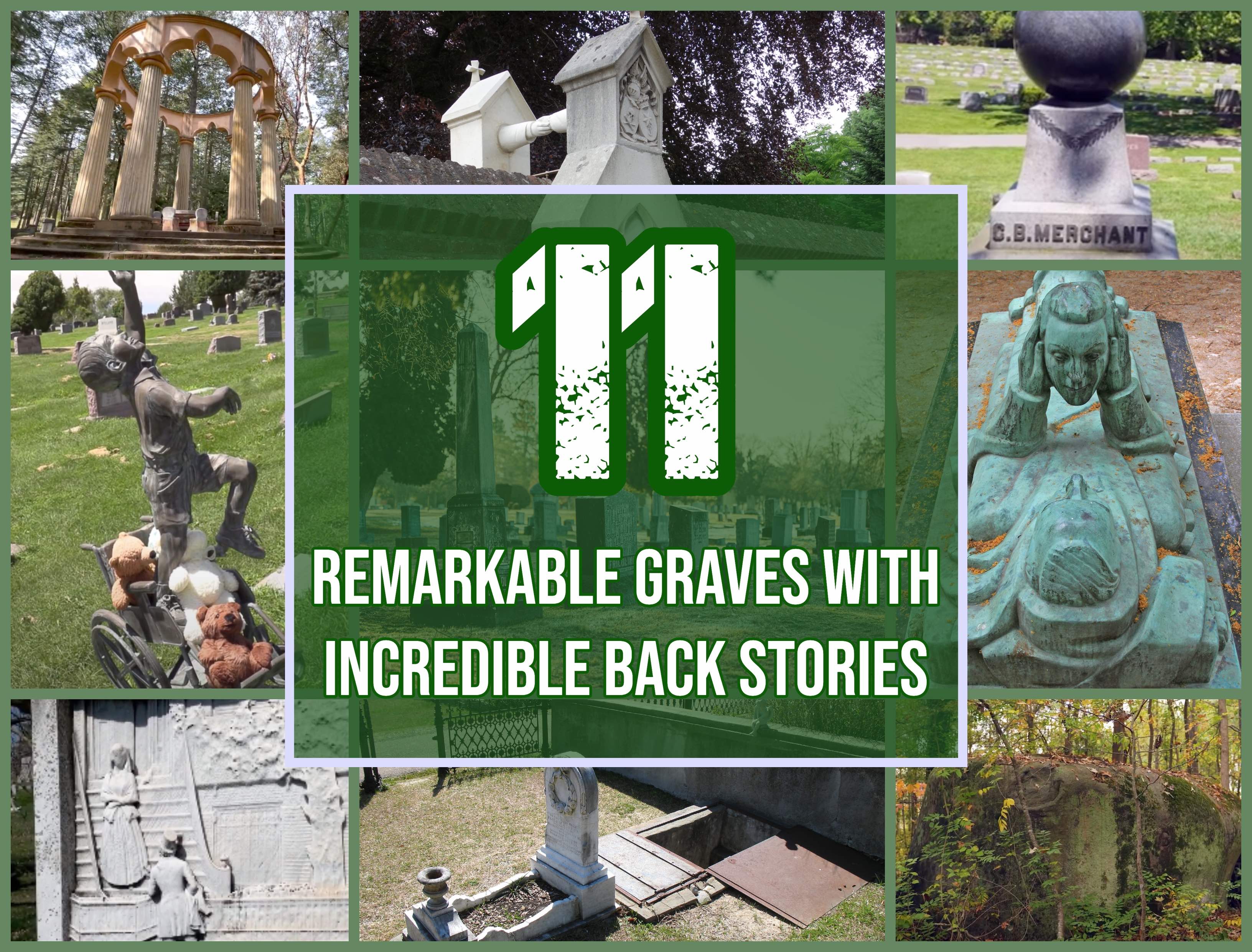
Have you ever wandered through a cemetery, spotted a beautiful headstone and pondered about the life that may have inspired it? If you have, you are not alone. Cemeteries inspire a natural curiosity in all of us. They reflect a lot about the people whose remains are interred within them, as well as their customs and beliefs about the afterlife.
As a child growing up in Collingdale, PA, I spent a lot of time hanging out in cemeteries. I lived on a street with a cemetery on both ends. A few blocks from my childhood home sits a modern Jewish cemetery filled with large and small blocky monuments. I used to believe the myth that Jewish people were buried standing up because of the close proximity of the graves and how it seemed they were right on top of each other. I wouldn’t learn until later years that Jewish tradition dictates graves should be close together. Nor did I understand the purpose, much less the proper name, of the mausoleums that dotted that cemetery grounds (we called them grave houses).
On the other end of my street, the elementary school I attended was bordered by the historic Eden Cemetery, the oldest existing black owned cemetery in the United States. I can remember my friends and I taking turns trying to spot the oldest date on a tombstone engraving. This cemetery always fascinated me because of the huge range of dates we would find and how different the stones from different eras looked. As an adult, I was astonished to learn about the cemetery’s important historical significance. In the 90s, there was hardly anything left of the old fence that divided it from the school playground, much less any designation of the cemetery’s history. I am glad to see this right has been corrected as the cemetery has been the focus of a lot of recent attention.
During my 20s, I had an opportunity to visit Salem, MA, and see the oldest cemetery in the United States. With graves dating back to the 1600s, the Charter Street Cemetery definitely gives you a feel for the beliefs and cultural norms that existed during the Puritan era. Everything from the macabre skull head with angel wings to the tablet stones to the line-drawn imagery is unique to this time period in American history. It is also really fascinating to see the way many of the graves have sunken into the ground with only part of the stone visible, providing a visual representation of the passage of time that you don’t see very often, at least in America.
In addition to being the final resting places of the dead, cemeteries are also sculpture gardens. Some of the statues and engraved illustrations you find chiseled into headstones are truly remarkable. In older cemeteries, visitors have an opportunity to get a glimpse of the past by taking in the old headstone symbols and reading ancient inscriptions. Modern cemeteries, meanwhile, demonstrate the meaningful and creative ways families have memorialized their loved ones with the resources we have available today. Whether old or new, it is impossible to view an intricately designed monument without thinking of the love and grief that must have inspired its creation.
From their inscriptions to their illustrations to the manner in which the stone is carved, gravestones carry fascinating stories within them. In this blog post, we take a look at 11 unique gravestones and unearth the incredible stories behind them.
1. The Grave of the Clasped Hands
Located in Het Oude Kerkhof (The Old Cemetery) in Roermond, Netherlands
This beautiful and remarkable gravesite deserves to be first on our list because, in addition to being the final resting place of two individuals, it has also become a powerful symbol of love and unity in the face of religious division. In the 1800s, Dutch society subscribed to a policy of “Pillarisation” which segregated religious communities at every level. This included the establishment of separate Catholic and Protestant cemeteries. Despite the rules which dictated the times, a protestant colonel named JWC van Gorkum and a Roman Catholic noblewoman named J.C.P.H. van Aefferden fell in love and wed in 1842. While the two were met with disapproval throughout their marriage, they remained devoted to one another and were often seen walking, holding hands together.
When van Gorkum died in 1880, it was required that he be buried in the Protestant section of the local cemetery. So, van Aefferden made arrangements to ensure she would not be separated from her husband in death. Her final wishes included instructions not to bury her in her family’s plot in the Catholic cemetery but rather to place her as close as possible to her husband’s grave on the other side of a brick wall divider. The grave depicts two hands reaching out and clasping over the wall that separates them. While the 19th century gravestones were certainly a visual protest against the Dutch society at the time, the message that they symbolize is still just as relevant today as it was in the 1880s. The walls that divide us are not as strong as the love that unites us.
2. Matthew Stanford Robinson Memorial
Located in Salt Lake City Cemetery in Salt Lake City, UT
The undying love of a mother and father inspired the creation of this incredible monument. The bronze statue depicts a little boy rising above his disability and being lifted up to heaven. His face is turned upward, and his arm reaches towards the sky. The sculpture was created in memory of a little boy named Matthew Stanford Robinson who had cerebral palsy and spent his entire life in a wheelchair. After Matthew’s passing in 1999, his parents wanted to be reminded when visiting his grave that he was now free of the limitations he was burdened with on Earth. This led Matthew’s father to reach out to a cousin who was a sculptor to help build the monument he envisioned.
Over the years, the statue has touched the hearts of so many people. Images of it have gone viral on social media many times. This had resulted in the family receiving a lot of attention and using their platform to help others. The Robinson family founded a non-profit called Ability Found, which matches people with free or discounted wheelchairs as well as other mobility supplies. The charity helps raise money both through donations and selling miniature replicas of Matthew’s grave statue.
3. The Bean Tombstone Puzzle
Located in Rushes Cemetery in Wellesley, Ontario
For more than 100 years, visitors who saw the shared headstone of Henrietta and Susanna Bean remained stumped as to what the enigmatic crossword code engraved on the stone might say. They took grave rubbings and attempted to decipher the message, only to come up blank. What was known was that in 1867, a man named Dr. Samuel Bean had erected the stone in secret for his two wives, who had both died within a few years of one another. Bean had the two women buried side-by-side beneath the mysterious stone and, before he could share its meaning with anyone, met his own untimely end when he drowned after falling overboard a sailboat.
It wasn’t until a 94-year-old woman living in a nearby retirement home figured it out in the 1970s that anyone knew the answer to Dr. Bean’s puzzle. While we’ll never know what inspired Dr. Bean to create such a perplexing engraving for his two brides, at least the mystery of the epitaph has now been solved. We included the answer below, but feel free to skip ahead if you would like to attempt to decipher the code yourself.
Beginning on the seventh character of the seventh row down and reading in a spiral or sometimes diagonal fashion, the inscription reads: “In memoriam Henrietta, Ist wife of S. Bean, M.D. who died 27th Sep. 1865, aged 23 years, 2 months and 17 days and Susanna his 2nd wife who died 27th April, 1867, aged 26 years, 10 months and 15 days, 2 better wives 1 man never had, they were gifts from God but are now in Heaven. May God help me, S.B., to meet them there.”
4. “Jane, My Wife” Tomb
Located in Green-Wood Cemetery in Brooklyn, NY
The historic Green-Wood Cemetery in Brooklyn, NY is filled with so many striking and notable monuments, but one that is especially moving is the tomb of Jane Griffith. The carving on the monument showing a woman standing on the front steps of a brownstone home with a man standing up looking at her from the sidewalk takes on a much more powerful meaning when you know the heartbreaking story behind it. The woman in the carving is Jane, and the man is her husband, Charles Griffith. The scene depicted on the tomb is representative of the last time the couple was together. Charles returned from work after saying goodbye to his wife on their front steps that morning to find Jane had died unexpectedly of heart failure. His grief over her death was so immense he commissioned a renowned sculptor to carve out the tragic scene in three-dimensional detail for her tomb. It is said that Charles visited Jane’s grave regularly until he joined her in death 25 years later.
5. Afterglow Vista
Located in Roche Harbor Cemetery in Friday Harbor, Washington
Afterglow Vista appears more like a Roman temple hidden in the woods than a mausoleum. At the end of a cobblestone pathway that cuts through the forest sits this stunning burial structure. The impressive open-air rotunda featuring six massive pillars connected by an intricately carved ring at the top that looks as though it were transported from another century. In the center lies a huge limestone table surrounded by stone chairs.
Built in 1936, Afterglow Vista (also known as the McMillin Memorial Mausoleum) is the final resting of limestone magnate, John S. McMillion, and his family. McMillion’s company was the largest producer of lime on the West Coast, providing him with funds needed to commission such a grand monument for himself and his children. Afterglow Vista is also steeped in symbolism with every detail painstakingly selected for a very specific reason.
From the plaque located on the site: “The structure is approached by two sets of stairs, representing the steps within the Masonic Order. The stairs on the east side of the mausoleum stand for the spiritual life of man. The winding in the path symbolizes that the future cannot be seen. The stairs were built in sets of three, five and seven. This represents the three stages of life (youth, manhood, age), the five orders of architecture (Tuscan, Doric, Iconic, Corinthian, Composite), the five senses, and the seven liberal arts and sciences (grammar, rhetoric, logic, arithmetic, geometry, music, astronomy). The columns were created to be the same size as those in King Solomon’s temple. The broken column represents the broken column of life-that man dies before his work is completed. The center of the mausoleum boasts the round table of limestone and concrete surrounded by six stone and concrete chairs. The chair bases are crypts for the ashes of the family, while the whole represents their reunion after death.”
6. The Grave of a Scrabble Fanatic
Located in Lone Fir Cemetery in Portland, OR
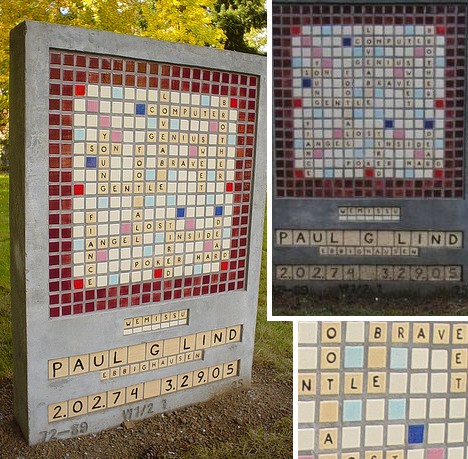
When computer programmer and scrabble fanatic Paul G. Lind of Portland passed away at age 31, his loved ones wanted to commemorate his short but impactful life in a meaningful way. So, they created an incredibly unique and personal headstone using mosaic tiles to resemble a scrabble board with descriptive words used throughout to honor him. From the information we have read on the web, it appears the creation of the headstone was a collective effort on behalf of family members, friends and Paul’s fiancé. In the years after the stone was erected, it was the target of vandals who removed many of the tiles. Fortunately, people came together to support Paul for a second time by holding a scrabble tournament to fundraise a restoration of the headstone. In 2018, the stone was repaired with bronze letter tiles. It stands today as one of the most distinctive monuments of the 21st century.
7. The Tomb with a Stairway
Located in Natchez City Cemetery in Natchez, MS
To be a parent in the 1800s truly took a great deal of courage. Around half of all children died before ever reaching the age of puberty, creating a wave of grief-stricken mothers and fathers that cut across cultures and class levels. You don’t have to look any further than President Lincoln and First Lady Mary Todd to see how these tragedies impacted the people of the time. For every known story, there are thousands more that have gone untold. While it is difficult to think too long about all of those innocent children taken away too soon, it is a reminder of how fortunate we are to live during a time when the risk of death for children is significantly smaller.
One story of a mother’s grief that has stood the test of time was that of Ellen Ford. When Ellen’s daughter, Florence Irene Ford, passed away at the age of 10 due to yellow fever, she asked for her grave to be built with a small window with stairs leading down to the casket. During her life, Florence would often become afraid during thunderstorms and her mother would comfort her until it passed. Ellen wanted to be able to continue comforting her daughter during thunderstorms. She had Florence’s grave built with metal trap doors above the stairwell so that she could go down to visit and remain protected from the elements. Today, the grave remains virtually unchanged, although a concrete wall was added to block the view of the casket through the window to ward off any vandals. The stairwell beside the grave remains as a powerful visual reminder of the enduring power of a mother’s love.
8. The Haunting Grave of Fernand Abelot
Located in Père Lachaise Cemetery in Paris, France
When you see the grave statue of Fernand Abelot depicting a man laying down and holding a decapitated head, your first thought is probably not: aww that’s so romantic!You’re not alone. The grave is frequently found on lists such as “The creepiest graves in the world.” Located in the famous Père Lachaise Cemetery, one of the most celebrated cemeteries in the world, the stone still commands attention despite the many other noteworthy gravesites nearby and the fact that very little is known about Abelot. What is known is that his grave is a reflection of his last wish, which was to be depicted gazing upon his wife’s face for all eternity. (We can’t help but wonder if he might have wished for the rest of her body to be there as well.) The epitaph to the headstone reads: “They marveled at the beauty of the journey that brought them to the end of life.”
9. The Perpetually Rolling Marchant Ball
Located in Marion Cemetery in Marion, OH
How does it feel?
To be on your own, with no direction home
Like a complete unknown, like a rolling stone
We can’t help but wonder if Bob Dylan might have spent some time in Marion, OH, before writing these lines to his iconic song. After all, that’s probably the only place you might find a 5,000-granite ball that has been slowly rolling for over 100 years. The ball in question can be found at the top of Charles Merchant’s grave monument in Marion Cemetery. While you can’t visibly see it rotating, the unpolished spot where the ball once rested on its stand gives away its secret. It is estimated to move about 2 inches every year. While people have attributed the phenomenon to everything from ghosts to alien activity, the most likely explanation is that the ball moves as a result of moisture being trapped, freezing and then melting.
10. The Tomb inside of a Boulder
Located on private property in Youngsville, NC
“Don’t put me in the ground! Bury me in a rock!”
So went the last wish of William Jeffreys, a young state senator from North Carolina whose deathbed fever hallucinations resulted in a very unique tomb. Jeffreys’ fear of being devoured by worms after his burial led to him beseeching his father to entomb him inside a giant boulder. Upon his death, his father made good on his promise and commissioned a stonemason to determine how this could be accomplished. The stonemason, who was a friend of the family familiar with the family’s property, told him the perfect boulder for such a tomb could be found on the edge of their land. For over a year, he chiseled out Jeffrey’s unconventional tomb from the 10-foot-tall boulder, including a marble slab with an engraving.
11. The Mysterious Grave of XYZ
Located in Fountain Hill Cemetery in Deep River, CT
Unlike the other gravestones on this list, the grave of XYZ is not remarkable or striking in any visible way apart from its enigmatic engraving. What makes this gravesite unique is the local lore surrounding its frequent visitations. The story goes that a bank robber was shot and killed while trying to rob a bank in Deep River, Connecticut. No one knew who he was, and he carried no identification, so the town decided to bury him in a donated plot near the railroad tracks. Shortly after the burial, the cemetery received an anonymous letter requesting the grave be marked with the letters XYZ and they complied.
Local legend has it that every year, a woman in black would arrive in town on the train, speak not a word to anyone in town, and walk to the gravesite. In some versions of the story, she would leave a single rose, and in others, a wreath of flowers. In all of the versions, she would then walk back to the train and leave without speaking to anyone. Over time, the woman came to be known as the “Lady in Black.” There are many local legends about people who have claimed to have seen her ghosts at the grave. A quick search on YouTube and you will find plenty of homemade videos of people visiting the site at night in hopes of seeing something otherworldly. The grave is often decked out with pennies as it is believed you should leave coin so as to avoid being cursed. We aren’t sure about the cursed part, or about the “Lady in Black”, but it does seem fitting that a bank robber’s grave should be covered in coins.
Which one of the stories on our list surprised you the most? Did we miss any noteworthy tombs or burial sites? Please share in the comments below.
RELATED READING
7 Out of the Ordinary Gifts Left On Famous Gravesites
8 Ways Cemeteries Can Enliven Their Communities
28 Mind-Blowing Atlas Obscura Stories Funeral Directors Will Love
About The Author
Jess Farren (Fowler)
Jess Farren (Fowler) is a Public Relations Specialist and Staff Writer who has been a part of the ASD team since 2003. Jess manages ASD’s company blog and has been published in several funeral trade magazines. She has written articles on a variety of subjects including communication, business planning, technology, marketing and funeral trends. You can contact Jess directly at Jess@myASD.com
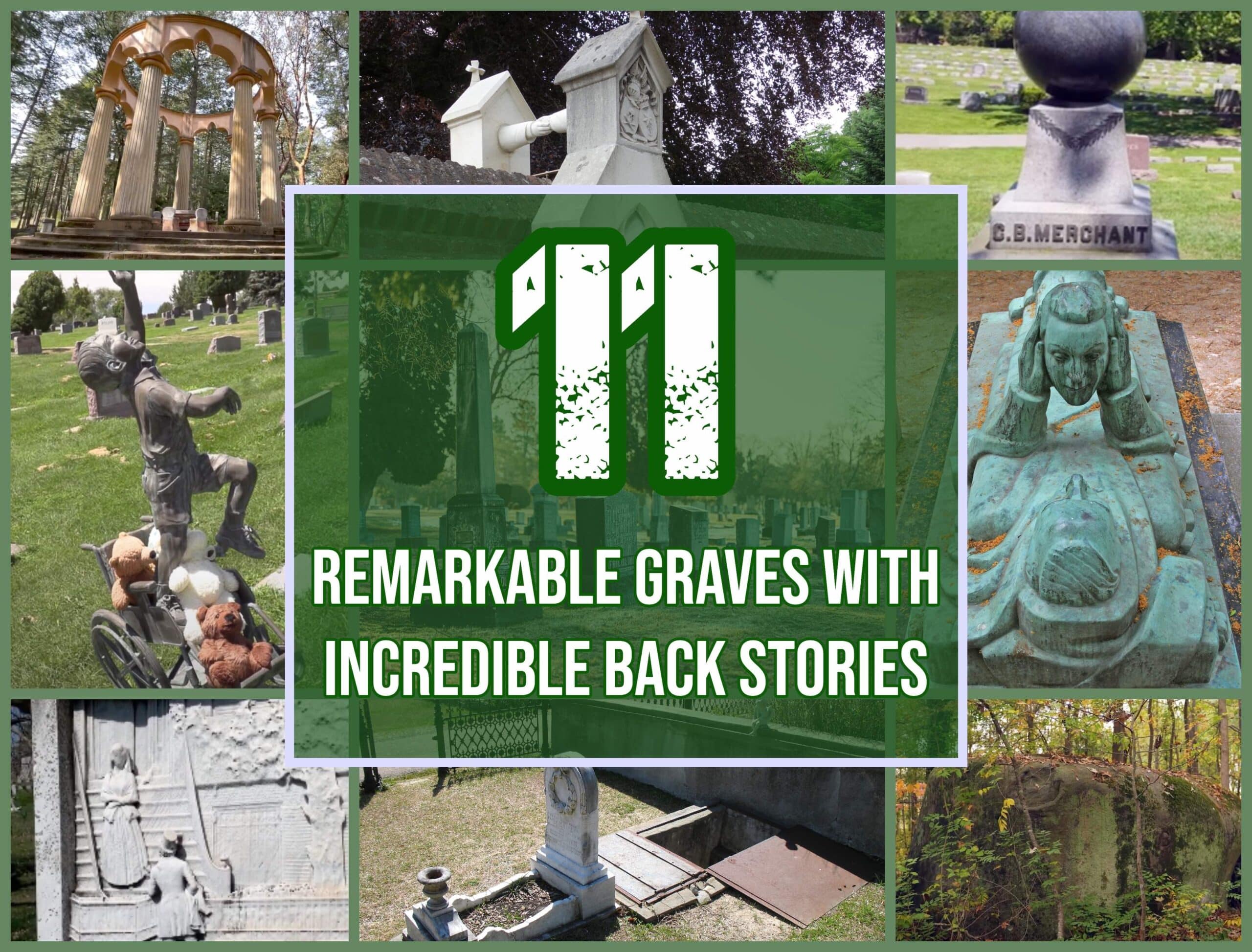
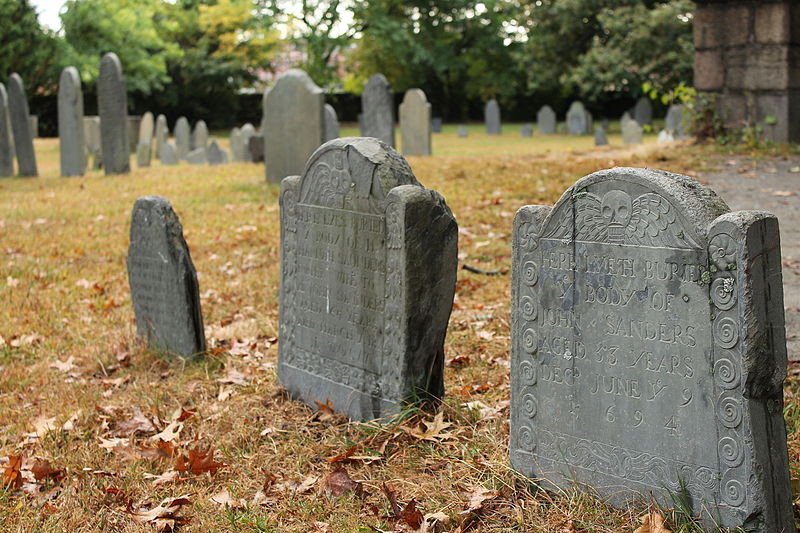
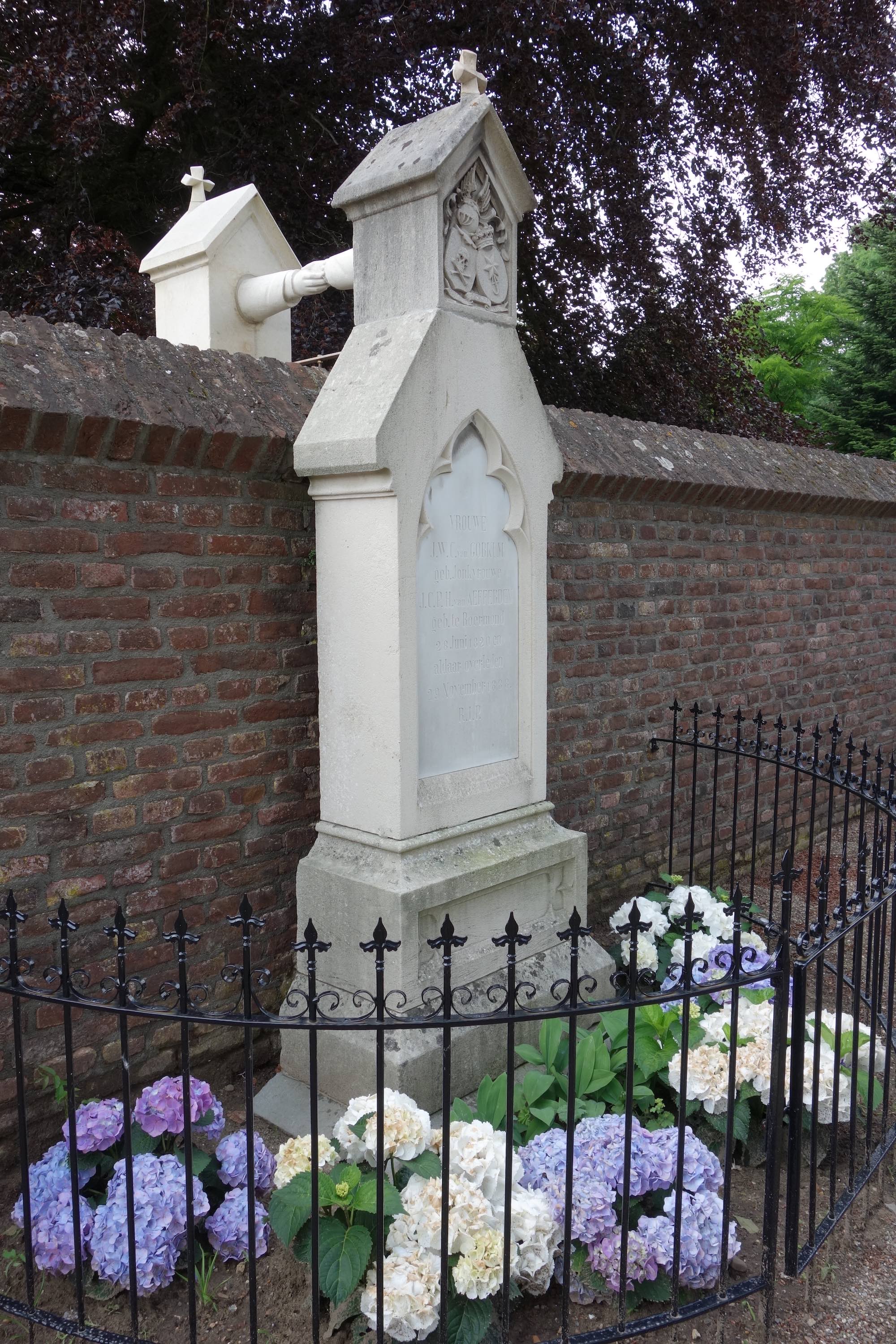
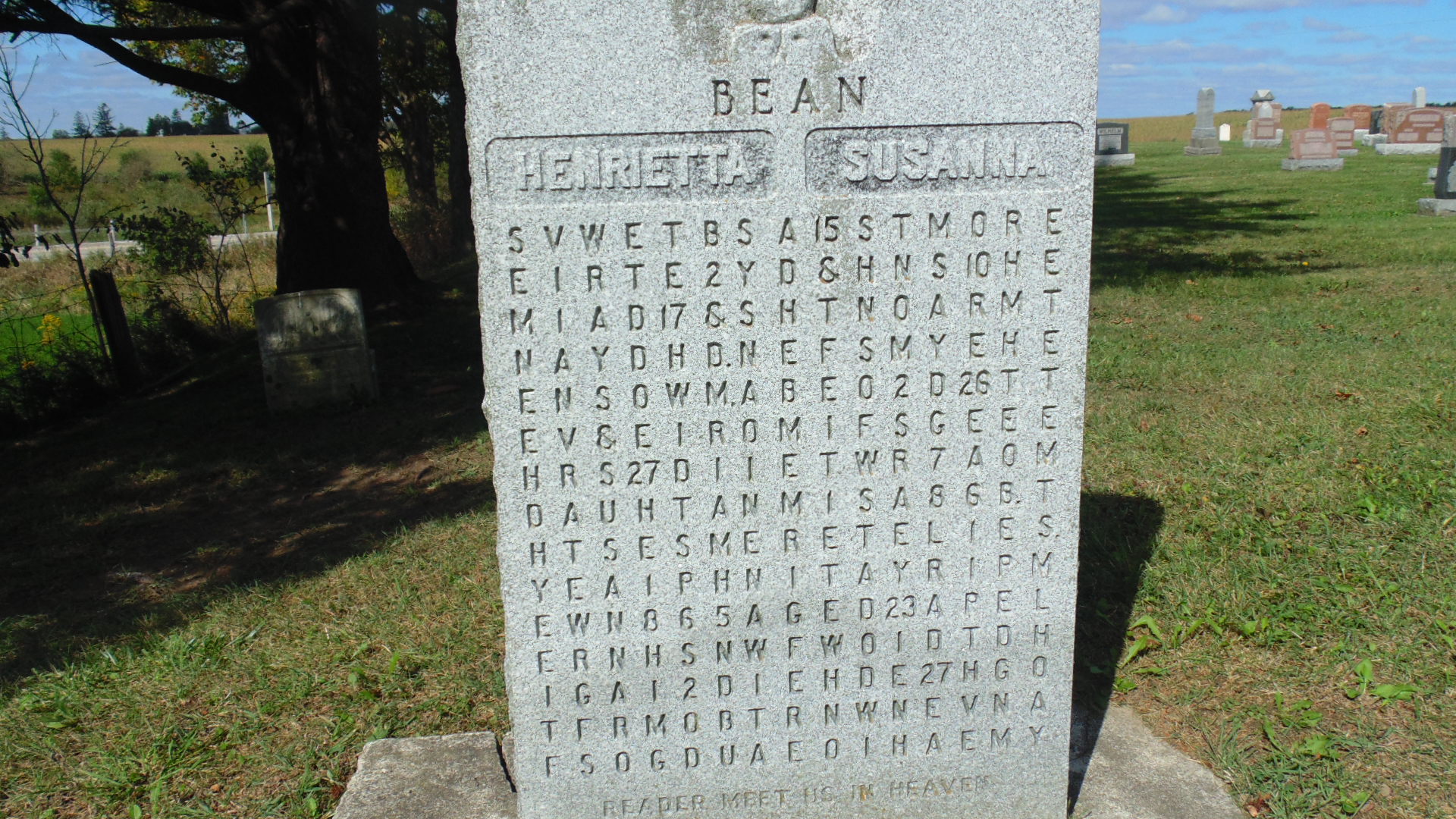
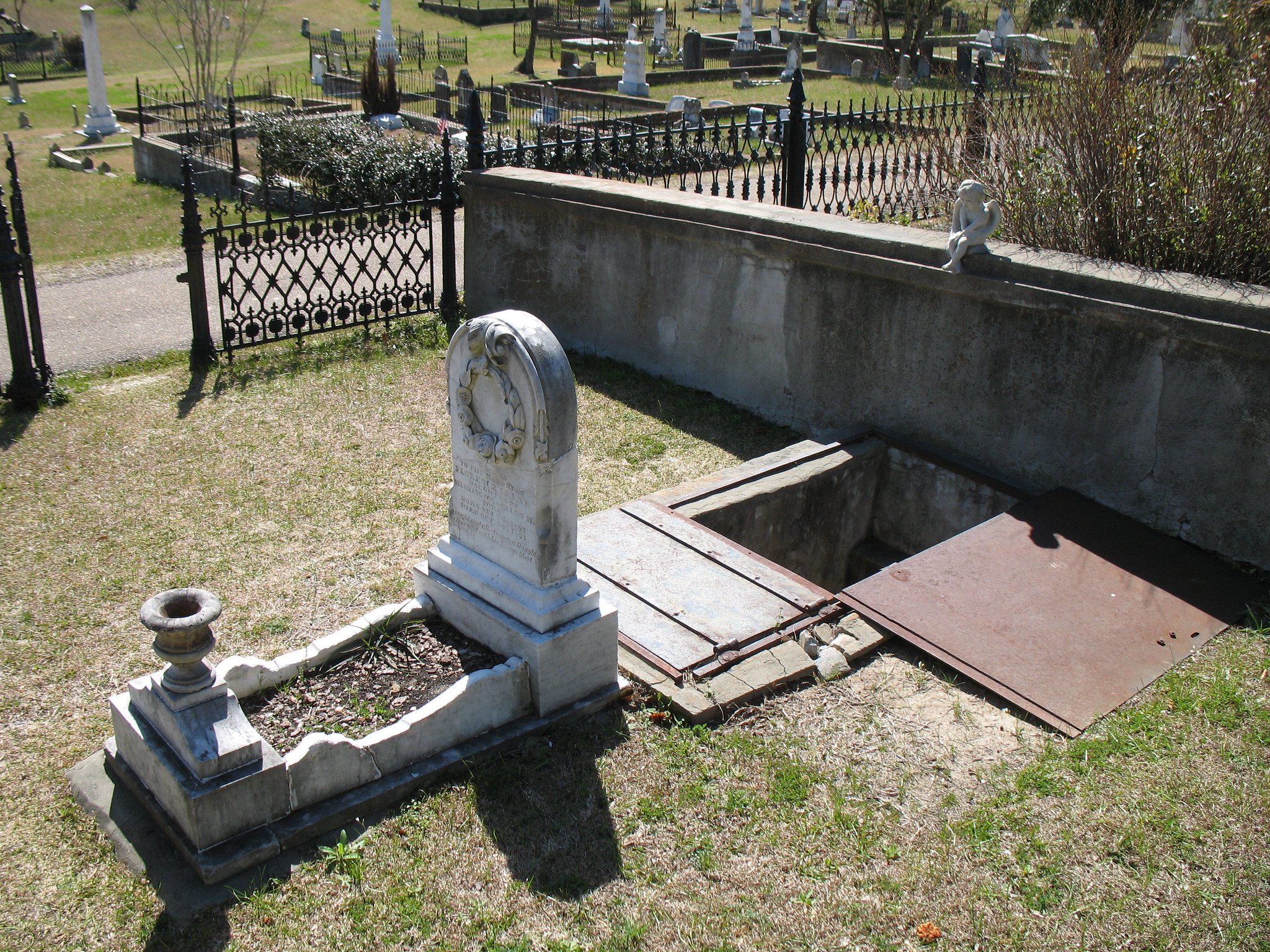
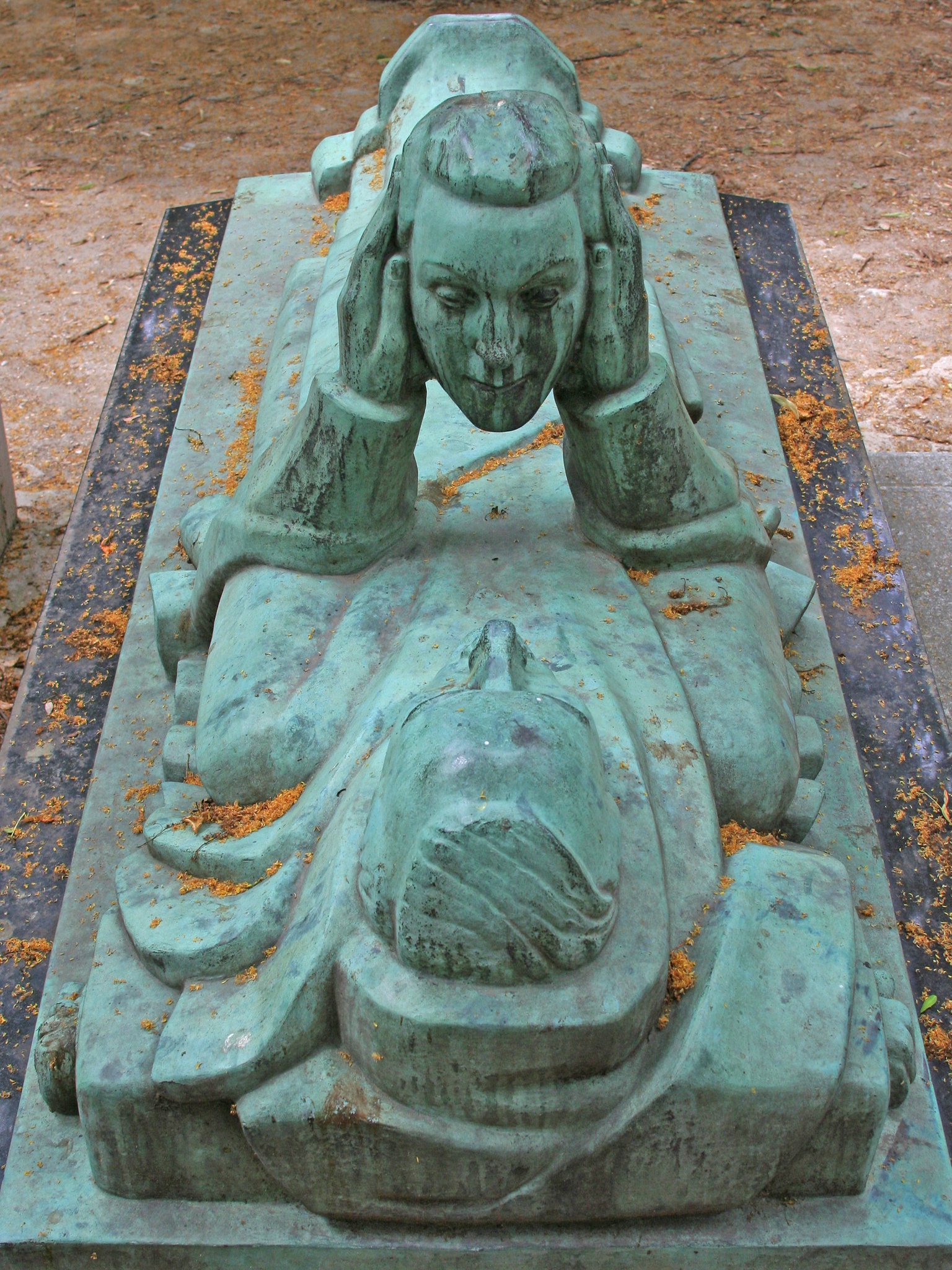


One Response
To the http://www.myasd.com webmaster, Your posts are always informative and well-explained.